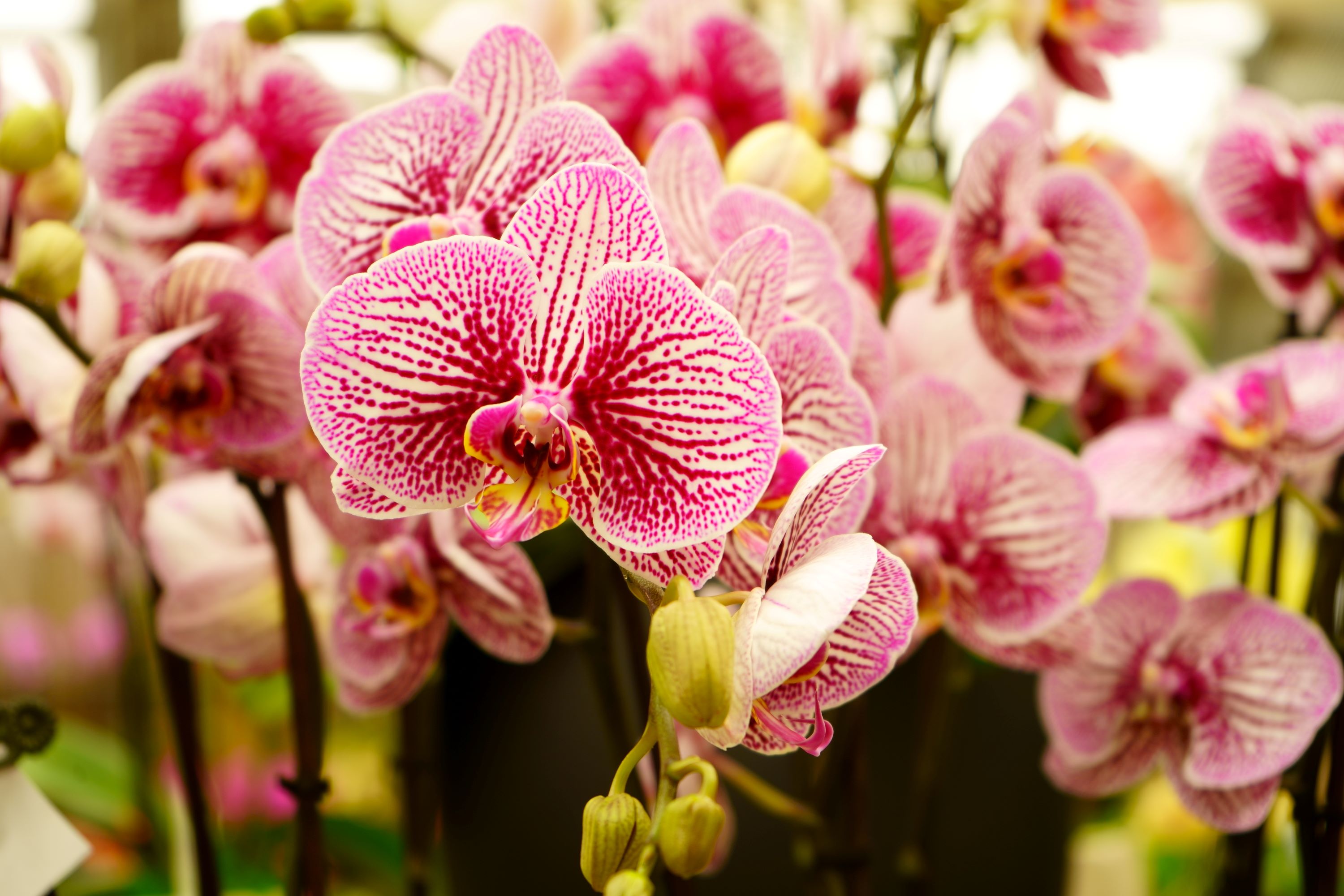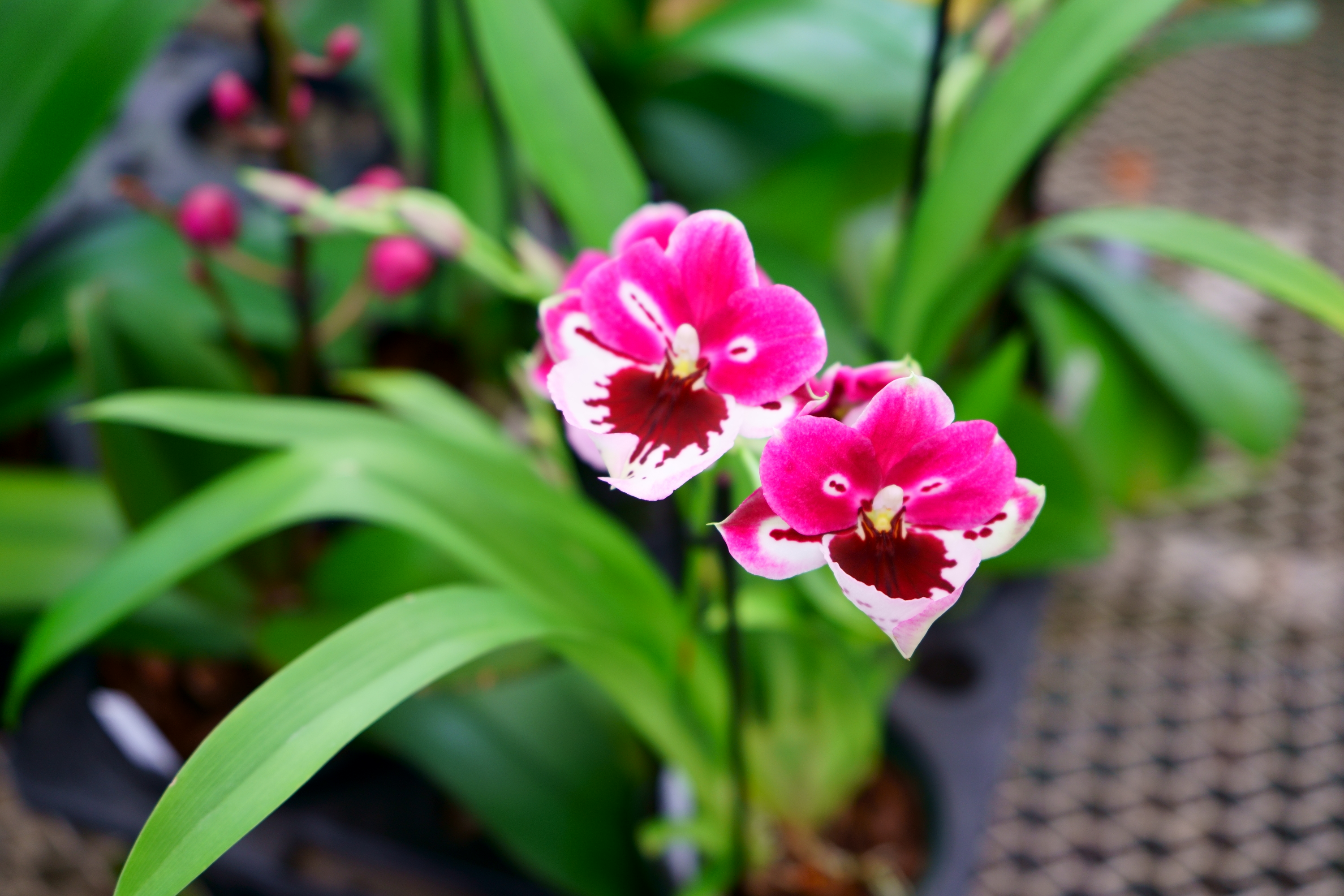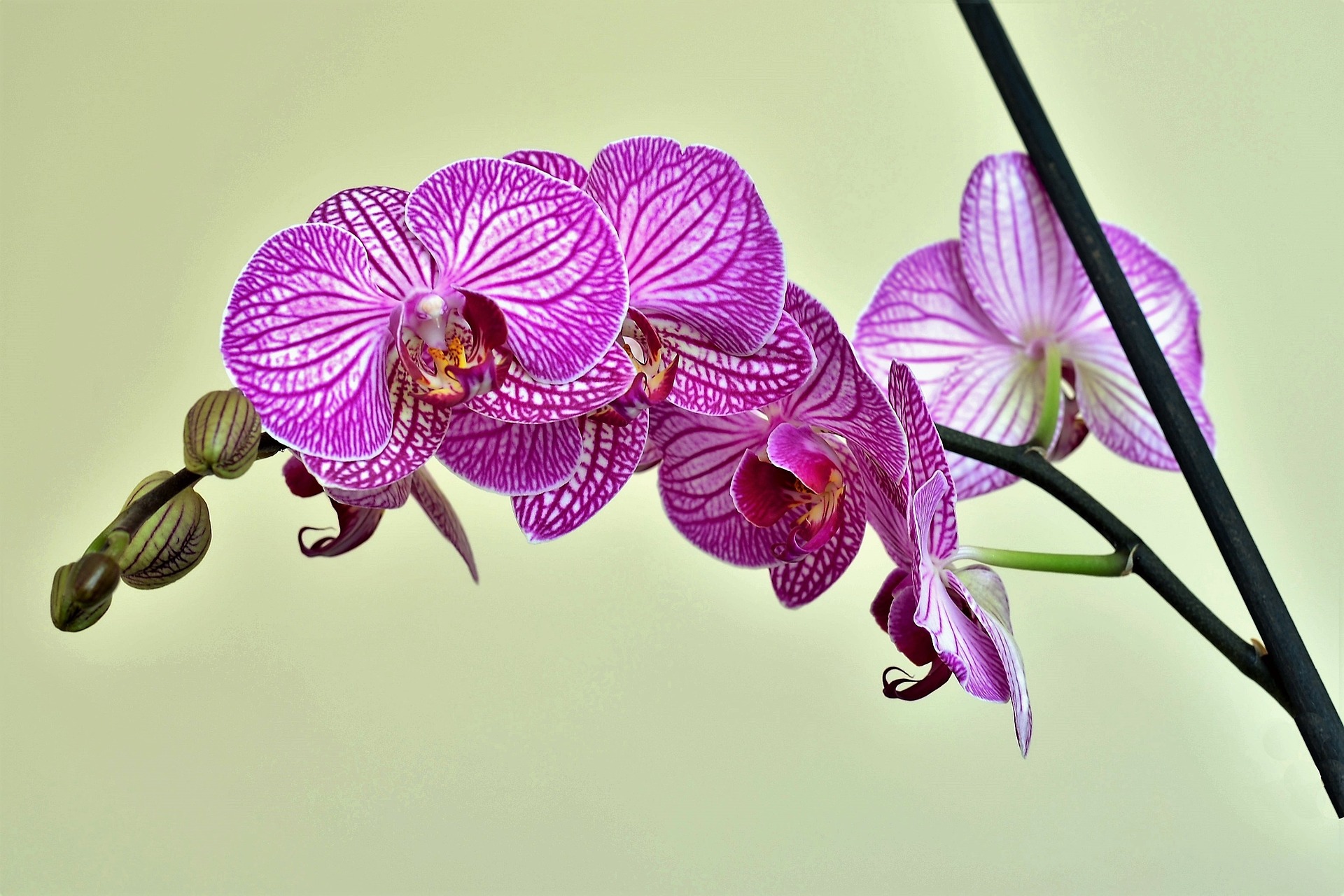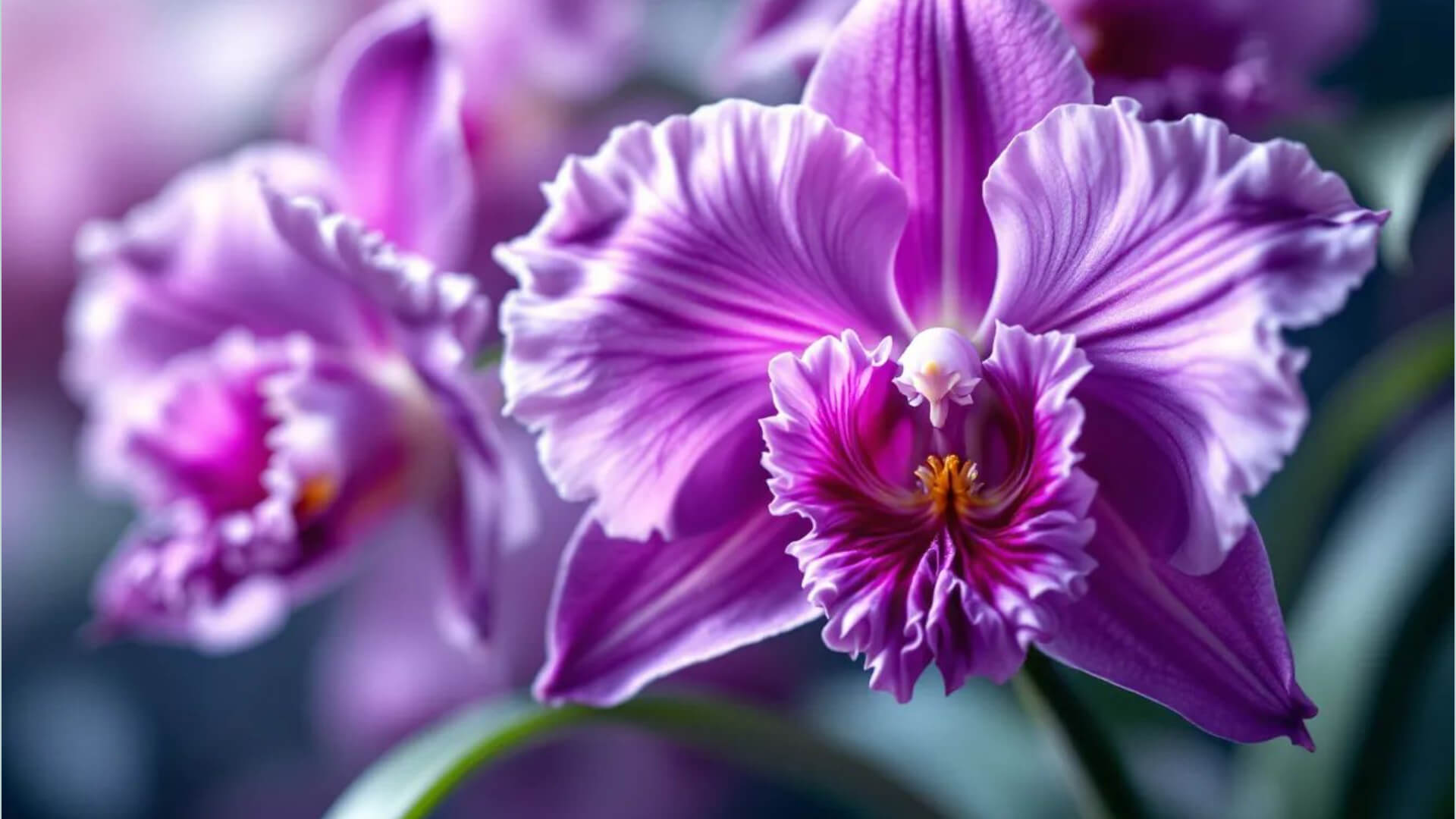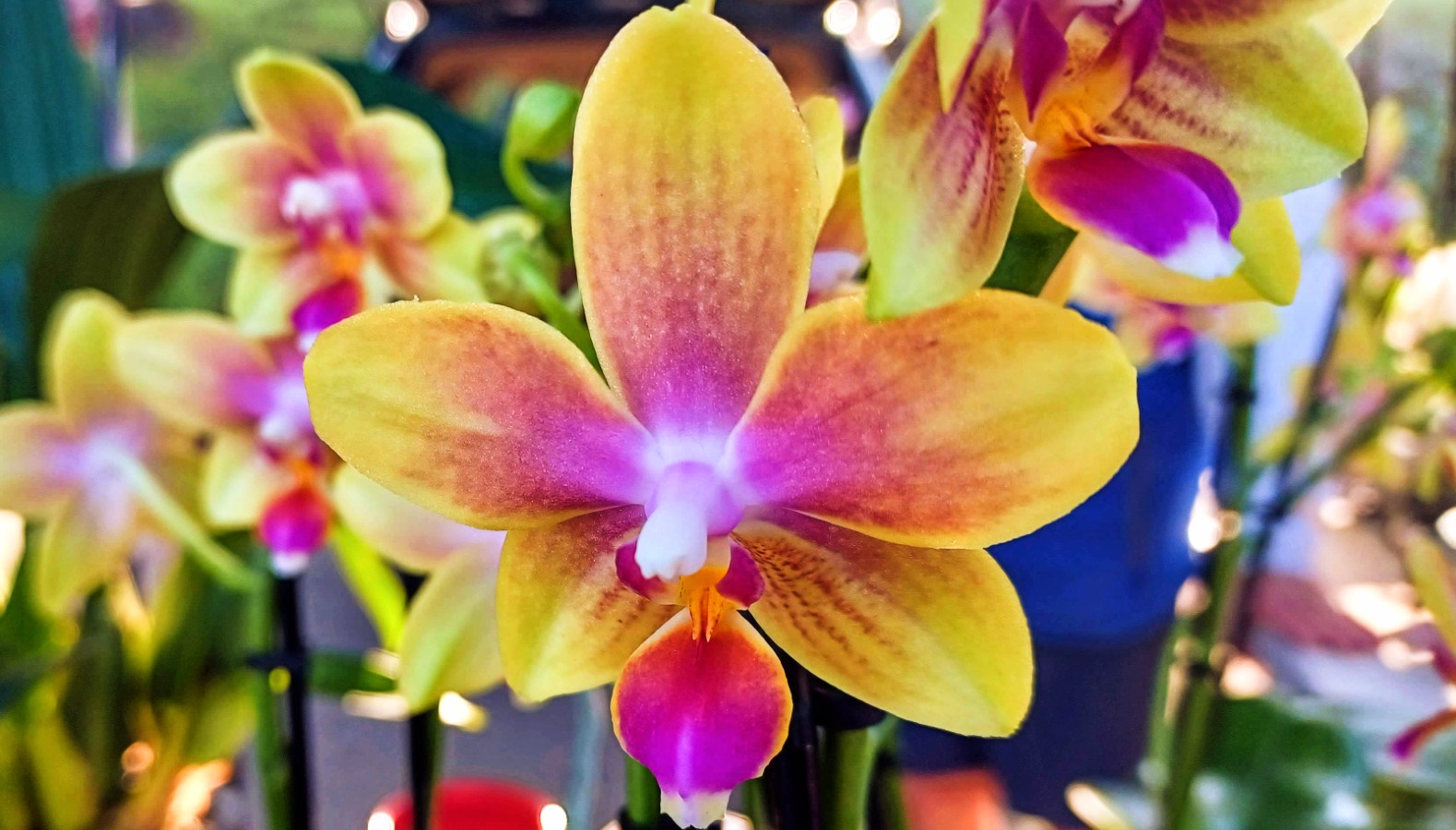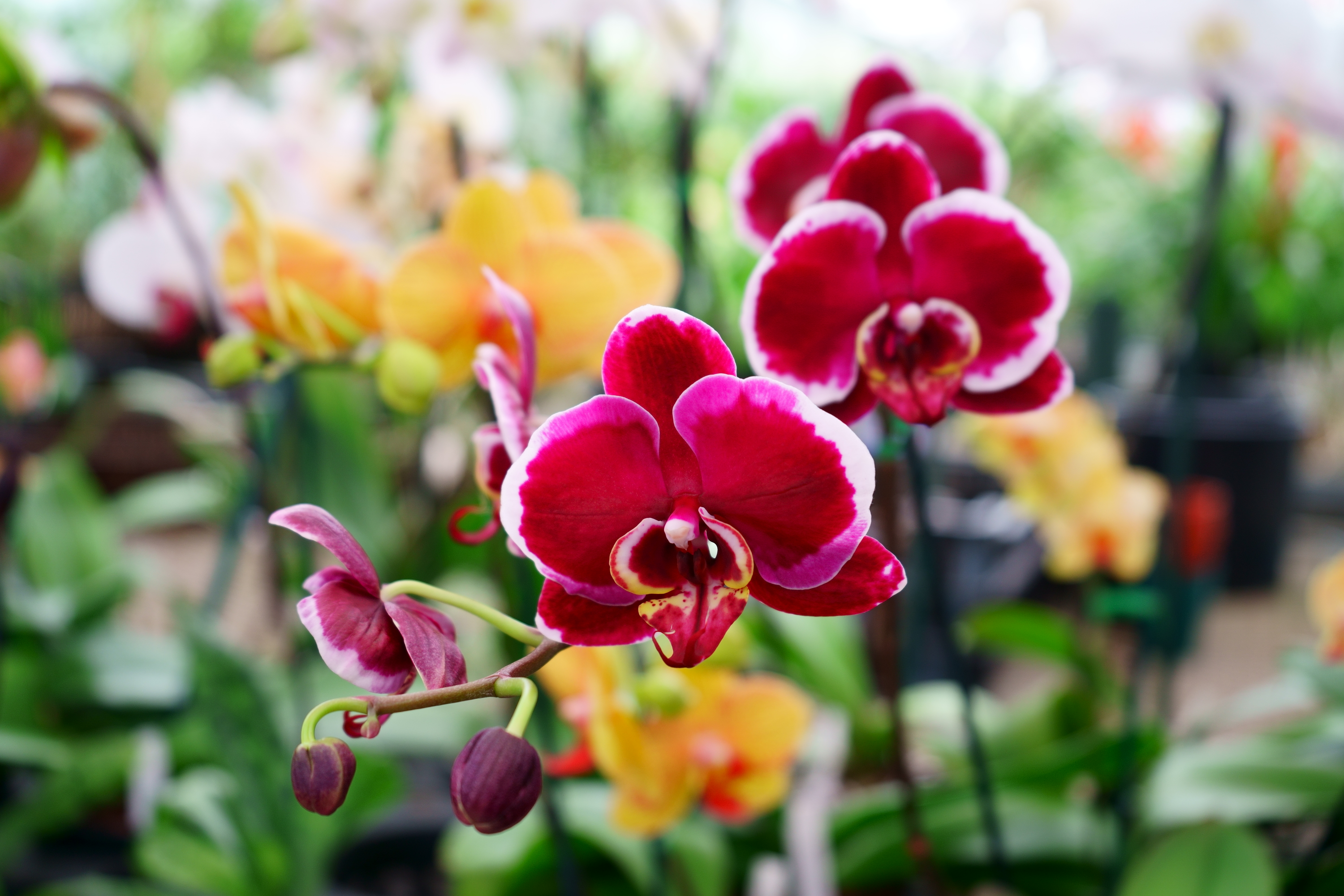- Home
- Fertilizing
- Orchid Root Care
Orchid Root Care Basics
Orchids receive most of their nutrients through their roots, so proper orchid root care is vitally important for the overall well-being of your plants. Orchids that grow in trees are known as Epiphytes and are also known as air plants because they do not root in soil. Epiphytic plants are non-parasitical, meaning they do not take or absorb nutrients from their host plant/tree that they choose to use as a support. Instead, orchid roots absorb most of their moisture from rainfall and take in nutrients from animal droppings, leached minerals, and decaying leaves or other organic matter. Most commercially available orchids are Epiphytes, but there are also Terrestrial orchids which grow in soil, and Lithophytic orchids which grow on rocks.
The Growing Medium
In their natural environment orchids use their roots to hold onto tree branches as support and typically grow sideways rather than upright. This growth pattern helps to ensure that the orchids do not collect moisture in the node area of the orchid where the leaf and stem meet which could cause fungal or rot problems. It is important to remember that when watering your orchids.
In nature, most of the roots are simply exposed to the air and do not grow in any kind of soil or growing medium. In cultivation we use growing mediums like fir bark, sphagnum moss, perlite, charcoal and LECA (lightweight expanded clay pellets) mainly as support to keep the orchid upright, but also as a source of moisture for the orchid roots. As to which type of growing medium to use, that can depend on the size of the orchid and the species of orchid or your preferential growing method. Fir bark or a combination of fir bark and sphagnum moss are the most commonly used growing mediums, especially for Phalaenopsis. If you are growing Jewel Orchid, Masdevallias, or Dendrochilums, then sphagnum moss is a better choice of medium. Leca is often used with partially hydroponic self watering systems. Orchids do not need to be in a growing medium as they are Epiphytes, and can also be mounted on branches or logs if you have a suitable location to grow and care for orchids this way. And finally some growers experience success with growing orchids in full water culture.
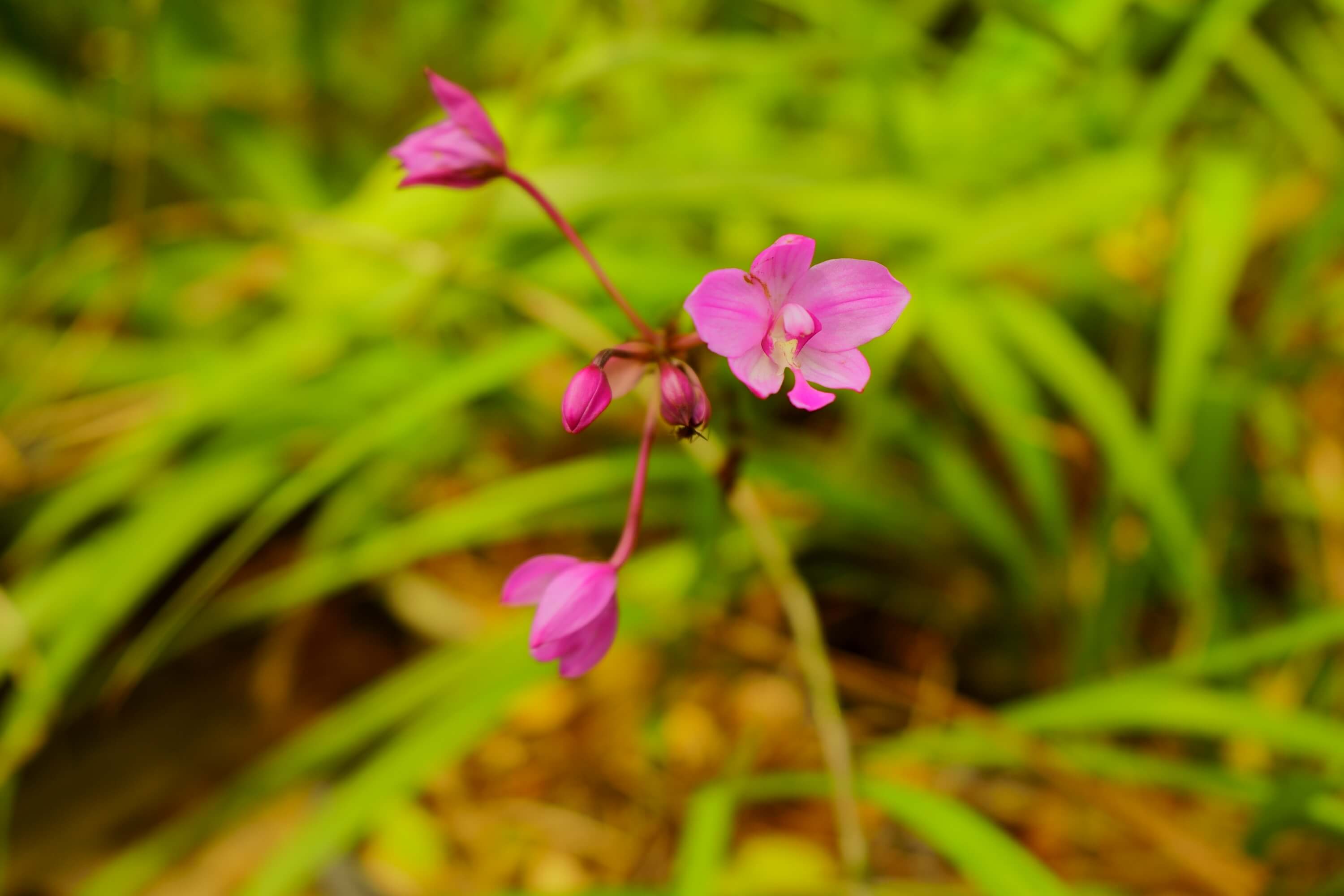
Orchid Root Care - Water
An often overlooked factor in orchid root care is the water that is used which orchids are watered and fertilized with. The three best sources of water to use when watering and fertilizing your orchids are rainwater, filtered water, and reverse osmosis water. Plain tap water may be hard or soft water which can cause problems for your orchid roots from salt and mineral build up. This can affect the absorption of nutrients which will affect your orchid plant in time. By using one of the three recommended sources of water, a TDS (total dissolved solids) meter and a PH meter we can provide more precision in fertilizer quantitiy and better care overall for our orchids. For more information on watering and fertilizing visit our page on advanced fertilizing here.
Orchid Root Care - Monitoring
Since there are many different species of orchids, each having its own type of root system. In general, it is best to grow orchids is see through containers so as to always be able to monitor the root system. Phalaenopsis and Vanda roots are very easy to monitor and by observing the root system we can determine when to water. Phalaenopsis and Vanda roots, when dry are usually a grayish color and turn green when saturated with water. If you are using fir bark as your grow medium, it is a good idea to replace the growing medium every year or two. Trim away any dead roots which are brown and lifeless when you are repotting your orchid. In other orchid species, healthy roots are typically white, although root colors can vary. Dead roots typically look brown and dry and if you observe a lot of roots like this, it is time to remove it from the medium, trim away the dead roots and repot your orchid.
Orchid Root Care Essentials
Orchids absorb nutrients through their roots, so proper root care is crucial for their well-being. Epiphytic orchids grow in trees without rooting in soil and absorb moisture from rainfall and nutrients from animal droppings, leached minerals, and decaying organic matter. Orchids can grow in different media, such as fir bark, sphagnum moss, and LECA, depending on the species and growing method. Water quality is essential for orchid root care, and rainwater, filtered water, and reverse osmosis water are recommended. Orchid roots should be monitored regularly, clear see-through containers are recommended to observe their growth. Dead roots should be removed during repotting, and fir bark should be replaced every one to two years.
